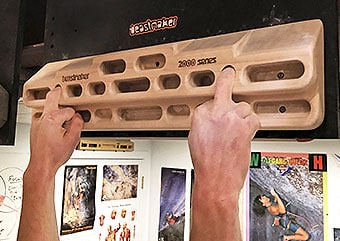
Stronger fingers equals better climbing. Dive into hangboard training to get started on your strength gains. Just don’t jump straight to monos!
There’s no getting around the importance of finger strength for climbing. All other factors aside, reaching your potential on rock depends on building up enough resilience in your fingers. Climbing itself can only get you so far in this arena. Dive into the world of hangboard training for the most effective way to strengthen your grip!
(This post was originally published in February of 2016, and has been updated to serve as a comprehensive introduction to hangboard training.)
Climbing is first and foremost a mental and technical skill sport. But long-term improvement—and pursuing your genetic potential—requires getting stronger in a number of climbing-specific ways. Numerous research studies have confirmed that elite climbers, compared with non-elites, possess better grip-strength-to-mass ratio, greater forearm endurance, and a higher rate of force development in the finger flexors. While actual climbing must always comprise the backbone of an effective training program (skill first!), the act of climbing is not the most effective way to develop grip strength.
Enter the fingerboard. Since its advent in the mid-1980s, the fingerboard (or hangboard) has become the most used type of training equipment among avid climbers—and for good reason: brief, high-intensity straight-armed hangs are the single most effective isolation exercise a climber can do. What’s more, the hangboard is economical and accessible. It can be mounted in just about any apartment or home. A fingerboard is the second-best investment you can make in your future climbing ability (right behind frequenting a climbing gym). For anyone without access to a climbing gym, owning a hangboard is nothing short of essential!
Work Smarter, Not Harder
The obvious strong points of the fingerboard include its ease of access and the ability to isolate a variety of grip positions in highly specific ways. While not appropriate for true beginners, experienced climbers can progressively add weight to their body to train maximum grip strength with a series of brief, high-intensity hangs. Climbers can then focus on strength combined with endurance though a higher number of hangs at a lower intensity, at body weight or even less.
Being able to vary the training load is crucial to effective fingerboard training. You can adjust intensity up and down by using smaller and bigger holds, but it’s also important to be able to adjust resistance while training on a specific hold. To increase resistance, simply wear a weight vest or hang free weights from the belay loop of your climbing harness. To decrease resistance below bodyweight, a pulley system with counterweights is helpful—especially so for training one-arm hangs and learning one-arm pull-ups. (Trango has developed a good pulley system to use alongside the popular Rock Prodigy hangboard; although you can easily kludge a counterweight rig with pulleys bought at Home Depot.)
To get the most out of your fingerboard training sessions, it’s important to follow a well-designed program rather than ad lib a workout of “hanging a bunch” or simply “hanging to total failure.” These approaches will provide limited gains and might even get you injured. The best approach for increasing your maximum grip strength involves a series of brief high-intensity hangs with extensive rest between each hang. While it might not seem like a good workout in the moment, performing 7- to 10-second hangs with one to three minutes rest in between is a very effective program for building maximum grip strength—so long as the hangs are difficult, via small holds or by adding weight. Do three to five hangs per grip position, and train all the primary grips this way. For endurance, you’ll want to do somewhat longer hangs with less resistance and shorter rest intervals. For example, alternating 20-second hangs with 20- to 40-second rests for a total of two or four minutes will gradually pump you up. See below for more specific training protocols as your skills and strengths develop.
Technique matters just as much as method. Maintain moderate tension throughout your shoulders and upper torso by engaging your scapular stabilizers and maintaining a slight bend in your arms; relax from the hips down and avoid lifting your knees; refrain from relaxing your shoulders and allowing them to elevate into an extreme shrug position nearer your ears. It’s vital to do preparatory and concurrent training of the scapular stabilizers and rotator cuff muscles as well.
A word of caution: misuse of the fingerboard has contributed to finger tendon and shoulder injuries in countless climbers. Intensive fingerboard training should be limited to just two days per week—three at most, if you are doing no other climbing—and ideally as a supplement to climbing rather than a replacement for actual climbing. This way you develop skills on the wall alongside isolated strength. Make sure to warm up gradually beforehand, starting with general activity to elevate heart rate and moving into various mobility exercises, plus some self-massage of the fingers and forearms. Complete your warm-up with some pull-ups on large holds. It’s also a good idea to conclude your fingerboard training with a few sets of the antagonist training of the wrist stabilizers.
What’s the Best Hangboard for You?
The specific hangboard you use comes secondary to the training protocol and the quality of your overall training-for-climbing program. Really, you could drill finger pockets into a piece of 2×10 and screw on a few ¾” wood edges, and you’d have a decent training board (I’d know, because that’s how I made my first hangboard in the mid 1980s!). Today, however, there are several excellent plastic and wood handboards on the market—so buying one or two (or more, for variety’s sake) is the way to go. In my home gym, I have more than a dozen hangboards in my home gym. I use all of them regularly!
Traditional Hangboards
One of my top recommendations is the Lattice Triple Hangboard. It errs on the side of simplicity, with three flat edges: the 45mm flat hold (perfect for warming up and pull-ups), the benchmark 20mm edge, and the popular 10mm small edge size. No bells and whistles here, and for good reason. Fewer options means fewer variables to worry about, and more headspace to focus on dialing in the basics. Use it to perform a Lattice strength assessment, which will identify if you are “strong” or “weak” for your climbing grade in both bouldering and route climbing disciplines, and get a customized mini-report on your overall finger ability as a starting point for future training.
Other popular boards include the aforementioned Trango Rock Prodigy, as well as the Beastmaker, Metolius Simulator, So iLL Iron Palm, and Tension Simple Board. Remember, the best hangboard for you is the one you actually use—so go with one that fits your budget, your space, and your level of climbing. Boards with more hold options will serve you the longest throughout your climbing career as your skills develop, while more minimal and specialized boards may suit you best at certain points in your training.
Smart Hangboards
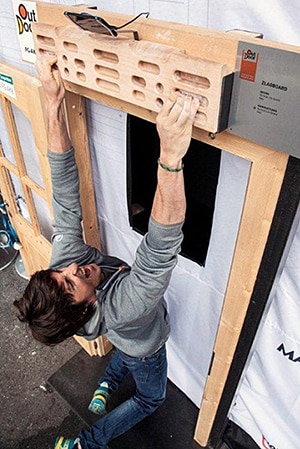
The “smart” Zlagboard in action.
On the more novel side of things is the Zlagboard, perhaps the world’s most advanced training-for-climbing platform. Zlagboard’s patented (and award-winning) design marries smartphone app technology to a classic wooden fingerboard design via a weight-triggered mechanism that precisely tracks the duration of your every hang, rest, number of pull-ups, lock-off intervals. No more scrawled schedules, spreadsheets, stopwatches, or starting and stopping your timer with chalked hands–the Zlagboard system does it all for you so you can focus on the work at hand.
Other “smart” hangboards include the Climbro and Crimptronic boards. Each of these uses force sensors to measure your grip, and use apps to develop your strength based on those measurements. The Entralpi Force Plate is another option that works with any hangboard. Smart hangboards and tools like these help eliminate one of the biggest dangers of hangboard training: overstressing your fingers. Personalized workouts make sure that you don’t let ambition get the better of you.
Portable Hangboards
Hangboards aren’t just for home or the gym, either. They’re the perfect tool for warming up well on the go and ensuring that your fingers are ready to pull hard on your project. The Lattice Mini Bar, Tension Flash Board, and Metolius Light Rail are all simple, lightweight, and portable boards that you can easily hang anywhere—like from a quickdraw, a tree branch, or a protruding hold on the rock.
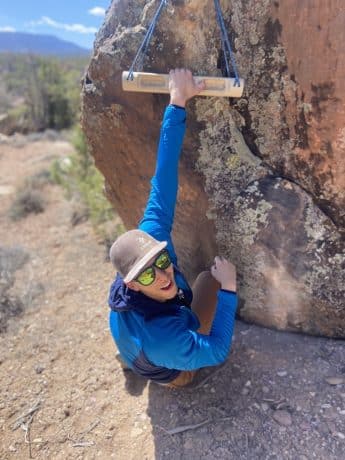
Ben Rathbun gets ready to warm up his fingers on a Tension Flash Board.
Step It Up
Ready for more? For specific protocols on developing maximum grip strength, strength, power-endurance, and contact strength, check out these suggestions for taking your hangboard training to the next level.
- Video: Intro to Hangboard Training
- Video: Advanced Hangboard Techniques for Developing Finger Strength
- Video: 7/53 Hangboard Training Protocol for Developing Finger Strength
- Maximum Strength Training for Climbers
- 4 Fingerboard Training Protocols That Work
- Finger Warmups for Better Climbing (and Reduced Injury Risk)
- Research on Grip Strength and Hangboard Training Protocols
- Should You Hangboard Train During Your Performance Climbing Season?
Copyright © 2000–2023 Eric J. Hörst | All Rights Reserved.

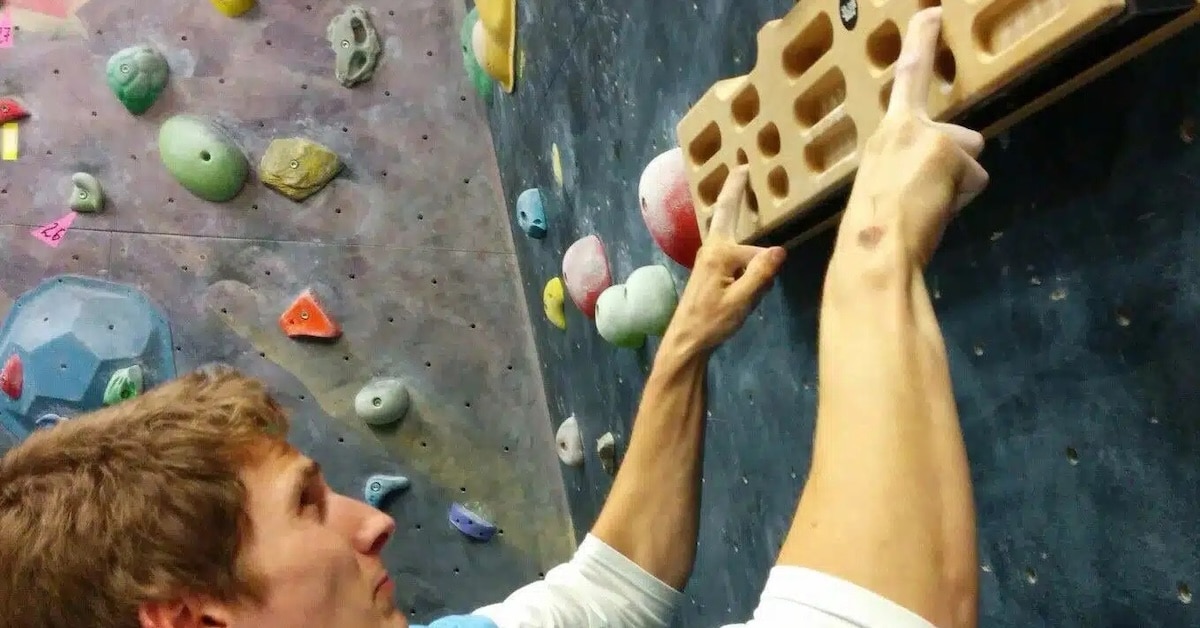
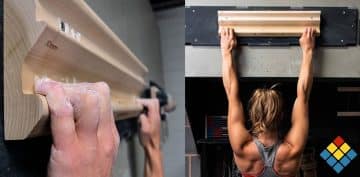
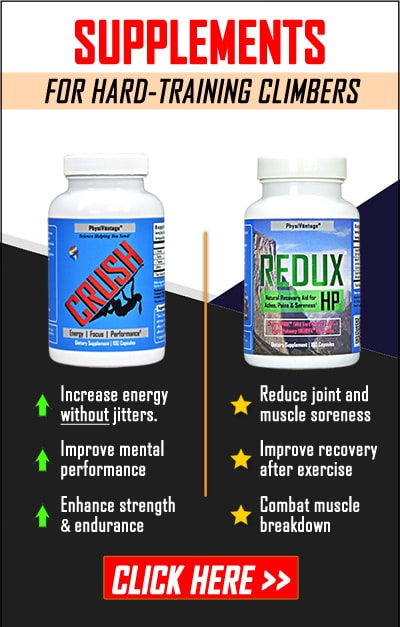
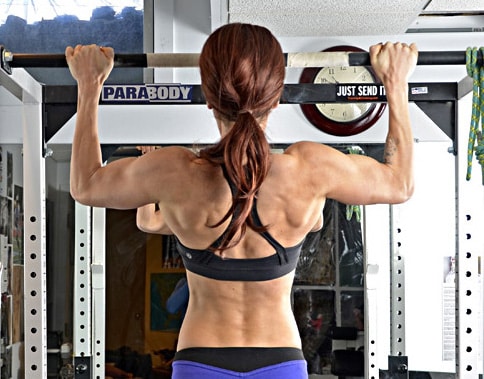
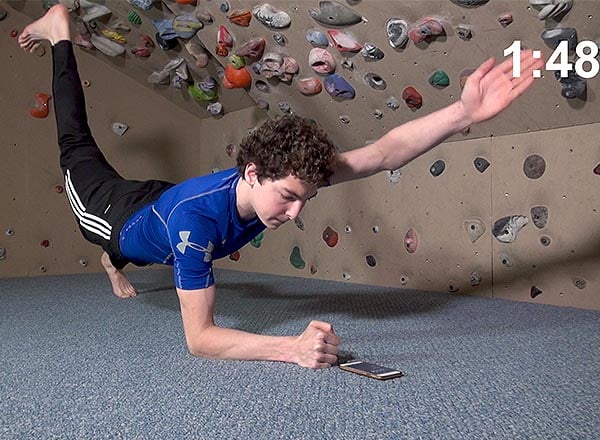
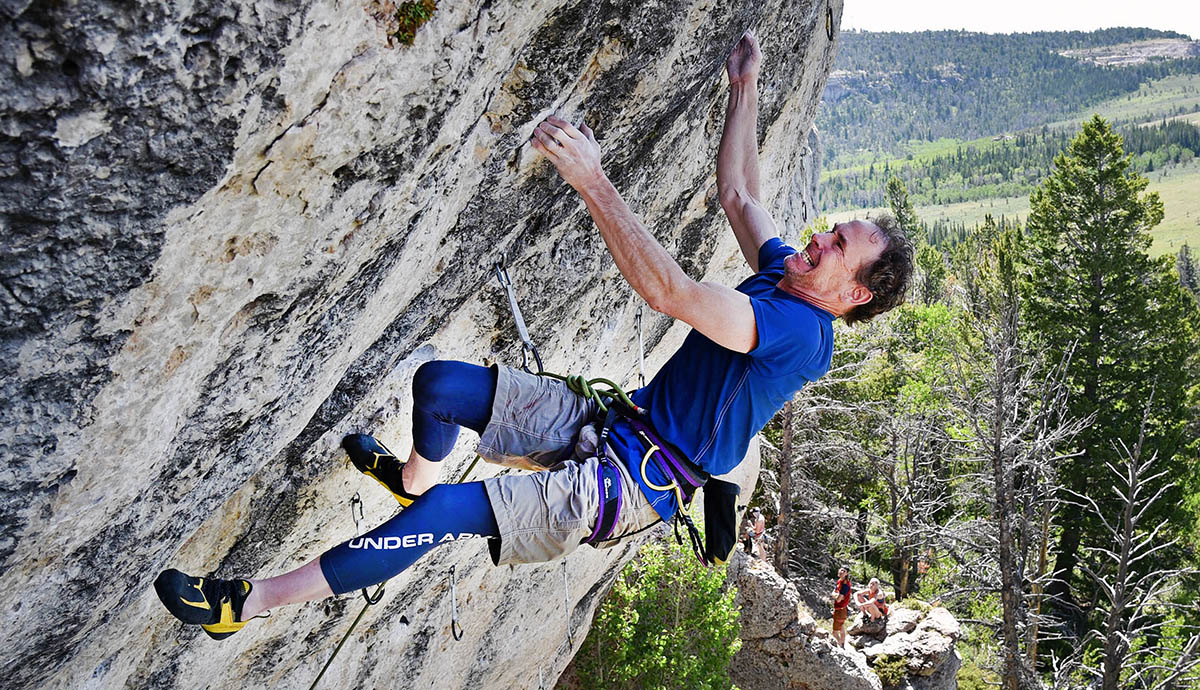
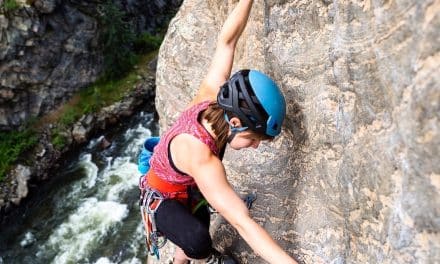

![🚨New Training For Climbing podcast drop! [**Link in bio.**]
This a two-part deep dive into designing a comprehensive, long-term systems approach to training. Coach @eric_horst unpacks—in rich detail—how systems actually function, and he highlights how transformative climbers throughout history “shake up the box” with innovative, highly effective methods to achieve big goals and push the boundaries of our sport.
In Part 1 (#122), Eric blends a concise climbing history lesson with an engineer-like breakdown of how intelligent systems operate. Part 2 (#123) of this series will deliver the actionable strategies you can use to build a personalized, high-performance training system for this winter…and for many seasons to come.
Eric emphasizes that as climbers progress beyond the beginner stage, climbing and training grow increasingly complex—requiring intentional, organized, and year-round development of strength, technique, mental skills, recovery habits, nutrition, and lifestyle management. Rather than ad-lib sessions or singular-focus programs (like only training strength), climbers need a comprehensive system fine-tuned daily and seasonally.
This is an entertaining and thought-provoking episode—so lean in, listen closely, and get ready to feel inspired, challenged, and equipped to level-up your modus operandi at the crag, in the gym, at home, and in everything you do! Listen on Apple Podcasts, Spotify, or online using the web player below.
#climbingtraining #bouldering #indoorclimbing #climbing #climbingpodcast #erichorst #trainingforclimbing @lasportivana @physivantage](https://trainingforclimbing.com/wp-content/plugins/instagram-feed/img/placeholder.png)


